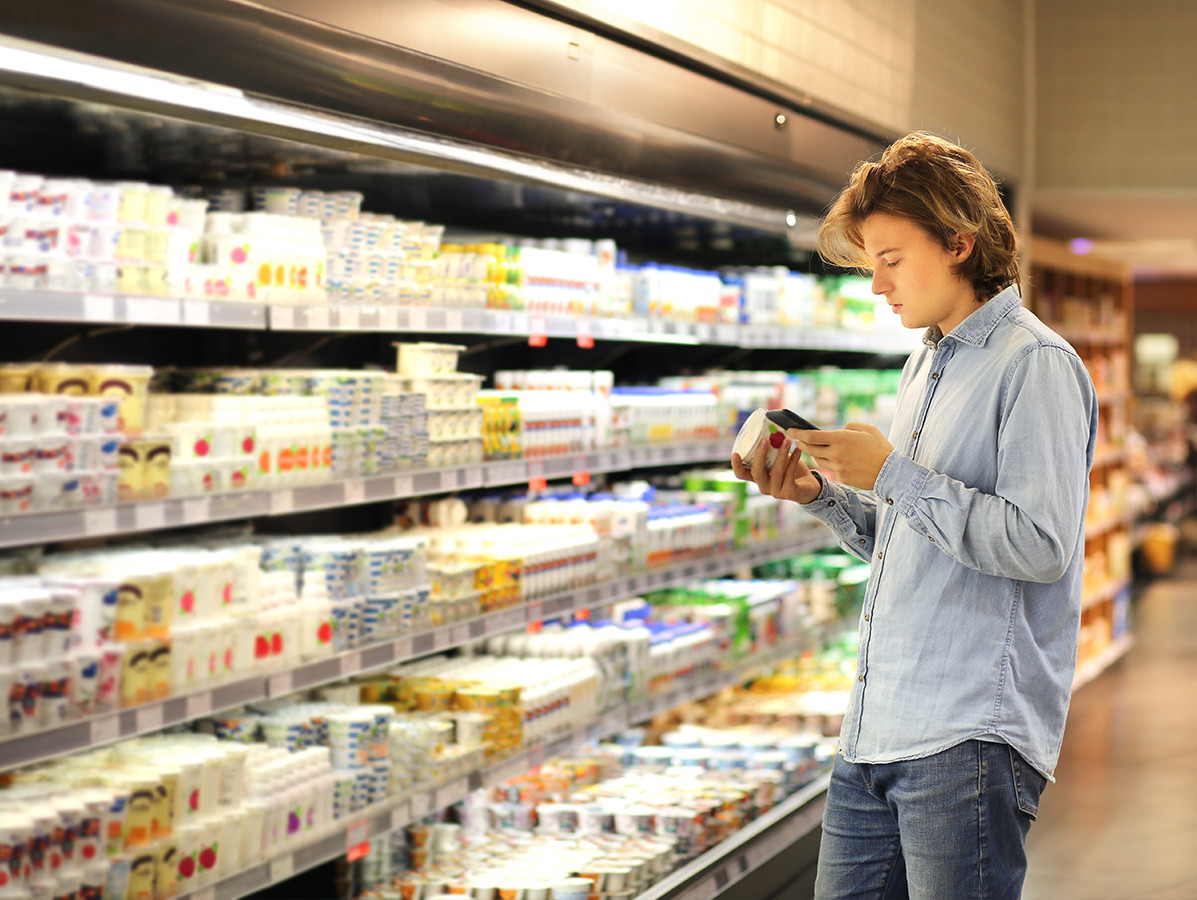
The Dutch food sector is moving fast. Convenience trends, including delivery, have been driving growth in the sector for years. Fairly new is the focus on mental convenience. Reducing choice stress will be a major driver in the coming years, also to get consumers to eat more healthily and sustainably. This also has an impact on all suppliers. Another challenge is scarce raw materials. This leads to more dependence and more cooperation in the chain. Rabobank outlines five key trends for the coming years within the Dutch food sector.
Northwest European consumers, especially Dutch ones, are price-conscious. The current high price inflation reinforces this. But if a consumer can save time or if the product is offered in the right place at the right time, price often matters a lot less. Convenience has been the magic word for years on the basis of which consumers pay higher prices for food and drinks.
Some of the convenience is ingrained in the product, but convenience also plays a role in the purchase of the product. The extended opening hours of supermarkets and delivery are examples of this. Rabobank expects around 15-20% of all groceries to be ordered and delivered online by 2030. Of every euro a Northwest European consumer spends on food, about 60 cents goes to the product itself and 40 cents to convenience.
A relatively new form of convenience is preventing choice stress. This can be done simply by limiting supply. A limited range or short menu makes it easier for consumers to choose. In addition, such a narrower range or offer also provides operational benefits. The offer can also be tailored to specific consumer needs within important social themes.
A large proportion of consumers will be happy to outsource the choice for a healthier and/or more sustainable product to brand producers, food retailers or food service players. This form of mental convenience does not have to lead to higher selling prices right away. The higher customer loyalty created by thinking along from the 'salesperson' is also valuable.
Many consumers realise that their consumption patterns have an impact on the earth and the climate. Because of all the, sometimes contradictory, factors at play, it is often difficult for individual consumers to buy sustainably. Currently, perception plays an important role. But this perception is not necessarily scientifically based: what consumers think is sustainable is certainly not always the case. For the coming years, the main focus will be on reducing the climate impact of our food production and consumption. But there are more factors at play to achieve a more sustainable food chain, such as nitrogen, water quality and animal welfare.
Food retailers, food service operators and food producers will help consumers make more sustainable choices by weighing up the different factors in advance. If retailers really want to stand out in terms of sustainability, they should not base their sustainability ambitions on general measures, but use objective metrics from their own supply chain as a basis. Comparing entire supply chains - from farm to fork - creates more opportunities to value sustainability as a competitive differentiator.
Besides improving quality of life at the individual level, reducing lifestyle-related diseases can also contribute to controlling rising healthcare costs at the national level. Healthy eating is therefore an important social issue.
A large majority of consumers indicate that health is a factor in food purchasing decisions. An overwhelming majority of the population knows the Five Basic Foodgroups and the supply in supermarkets is also sufficient to eat according to it. Yet consumers do not. About 80% of the products the Dutch buy in supermarkets are not part of the Five Basic Foodgroups. Eating healthier is therefore mainly a behavioural issue. Through education, subtle incentives, price policy and/or regulation of supply, food producers can try to positively influence consumers in their choices. Cooperation in the chain and with the healthcare sector is essential for this.
The stomach share of supermarkets is high and purchasing by food retail organisations is far from consolidated. The stomach share is the share of what an average consumer eats. About 85% goes through supermarket and specialty shops and about 15% through catering and other food service. Due to consolidated sourcing and competition from hard discount outlets, price competition between supermarkets is high. Due to years of focus on price levels and promotions from food retailers and on the retail floor, consumers are very price-conscious. This has an impact on suppliers. Purchasing organisations' negotiations with food producers are generally at the cutting edge. This makes the Dutch food industry - more or less forced - cost-efficient. These parties often cooperate with food retailers on purchasing, or already have a strong negotiating position themselves due to the limited range they carry, which means they do not need the same advantages as their supermarket colleagues.
Supermarkets face increasing competition from the hospitality industry (blurring) and concepts such as meal boxes, home delivery and flash delivery. Although the stomach share of supermarkets is expected to come under pressure over the next 10 years, this is probably not immediately good news for suppliers at the bargaining table. Purchasing is also rapidly professionalising in the foodservice market. Consumers are increasingly consciously choosing where to eat. At random restaurants, it is often unclear what is on the menu, while at large chains, consumers know what they are getting for their money. While sales opportunities are widening for suppliers, this does not immediately take the pressure off price negotiations. If these parties do not cooperate with food retailers already, the limited range they carry means they do not have the same economies of scale as their supermarket counterparts to exert pressure at the negotiating table.
Image: LADO/Shutterstock.com
Source: Rabobank